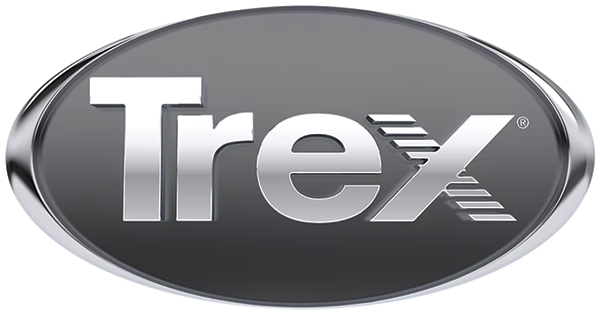Table of Contents
- What is a Roofing Square?
- Roofing Square Diagram
- How Many Squares in a Roofing Bundle?
- Components of a Roofing Square
- Conclusion
- Sources:
A “square” in roofing terms is a unit of measurement used to quantify the area that roofing materials will cover. Understanding this measurement is crucial for accurately estimating the amount of shingles needed for a roofing project.
What is a Roofing Square?
A roofing square is defined as 100 square feet.
This measurement is consistent across the roofing industry, regardless of the type of shingles used.[4]
So, a roof that measures 2,000 square feet would be described as 20 squares.
A “square” in roofing terms is a unit of measurement used to quantify the area that roofing materials will cover. Understanding this measurement is crucial for accurately estimating the amount of shingles needed for a roofing project.
- A roofing square simplifies material estimation.
- It’s a standard unit used by contractors and suppliers.
- The number of squares directly impacts material costs and labor.
Roofing Square Diagram
Here’s an image to help visualize a square of roofing shingles:

How Many Squares in a Roofing Bundle?
Generally, there are no squares in a roofing bundle. Instead, a roofing square is made up of multiple bundles. For most asphalt shingles, three bundles are required to cover one roofing square (100 square feet).[3] This is a standard in the industry, but it’s always best to check the manufacturer’s specifications for the exact number of bundles needed for their specific product.
- A bundle is a unit of shingles, not a square.
- Three bundles typically make up one square for asphalt shingles.
- Always verify bundle count with the shingle manufacturer.
Components of a Roofing Square
While a square represents 100 square feet of roof area, it’s important to understand what materials make up that square. For asphalt shingles, the most common roofing material in the US, a square typically consists of three bundles.[3]
- Shingles: Usually, 3 bundles of asphalt shingles cover one square.
- Underlayment: This layer goes beneath the shingles for added protection.
- Other Materials: Nails, flashing, and sometimes starter strips are also needed.
Conclusion
Understanding the concept of a “square” in roofing is essential for homeowners and contractors alike. A square represents 100 square feet, and the number of shingles needed to cover a square depends on the type of shingle and the complexity of the roof. Always consult with a professional roofing contractor for accurate estimates and proper installation.
Sources:
- GAF. (n.d.). What is a roofing square? Retrieved from https://www.gaf.com/en-us/blog/your-home/what-is-a-roofing-square-281474980128074
- National Roofing Contractors Association. (n.d.). Roofing Materials. Retrieved from https://www.nrca.net/roofing-guidelines/roofing-materials
- GAF. (n.d.). GAF Roofing. Retrieved from https://www.gaf.com/
- Owens Corning. (n.d.). Owens Corning Roofing. Retrieved from https://www.owenscorning.com/en-us/roofing
- Arizton. (n.d.). Smart Roofing Market in US – Industry Outlook and Forecast 2023-2028. Retrieved from https://www.arizton.com/market-reports/united-states-roofing-shingles-market
- Market Research Future. (2023, November). Roofing Shingles Market Research Report: By Material (Asphalt, Clay, Concrete, Metal, Plastic & Composite, Others), Type (Strip, Dimensional, Luxury), Application (Residential, Non-Residential) and Region – Forecast till 2034. Retrieved from https://www.marketresearchfuture.com/reports/roofing-shingles-market-27669






